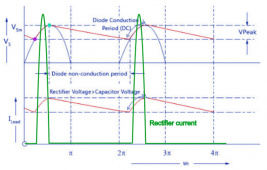Do you just BELIEVE that or have you got a concrete experience?
Everything that internally directly rectify AC to DC before converting to required voltages (almost everything today) runs well (better) with modified sine.
Old stuff with traditional transformers not that well.
I'm an electrical engineer, and while power inverters are not within my experience and specialty, I have done extensive research into battery based inverter systems.
I've also had the privilege of chatting with the engineers at SMA America.
I don't have beliefs, specifically the irrational type.. I try to avoid such emotional disabilities like I avoid Ebola.
Transformers are not the problem, in fact, if anything, the inductance in a transformer is more likely to smooth out a modified wave than anything else.
It is the rectification circuits, voltage control, etc. that are the problem. When your television stops working, it won't matter to you if the video signal processor blew or the power supply blew.. only thing you'll care about is that it doesn't work.
A $3000 high tech OLED 70 inch television COULD be made to accept a modified wave, they just aren't because the dirtier the power input, the more processing is needed to clean it up, and the higher the quality of your power supply, the more it costs.
That's what its all about.. just money. The power inputs of most things are designed to run on a clean sine wave.
By the way, it is the older stuff that does better with modified sine. Older stuff is built with larger and more robust components, and while they don't meet today's standards for microchips, they didn't need to back then.
I would bet that a microwave from the 1980's would probably do fine with a modified sine inverter..



